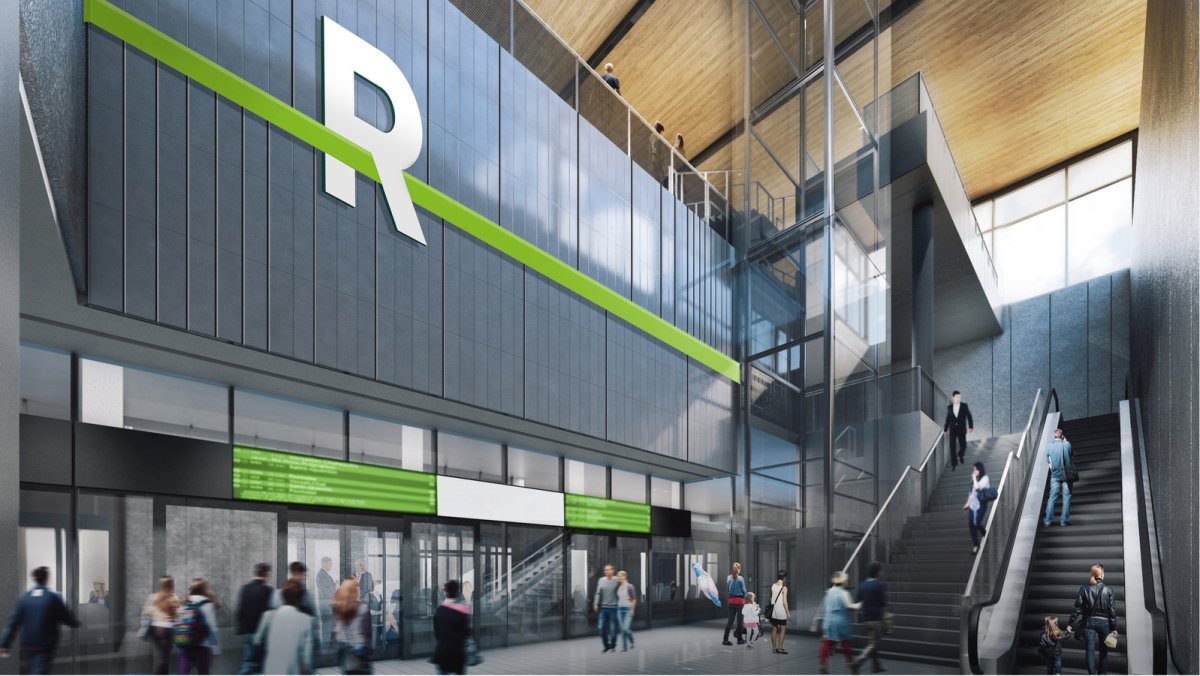The agreement between the Quebec government and the private parties involved in the REM light rail line was made public Monday.

In it is a clause that allows Caisse de dépôt et placement du Québec (CDPQ) to sell the line or parts of it if it is not successful within five years of opening.
“It is a hypothetical. After investing billions, the way we will make money is to keep providing the state-of-the-art services of the REM for decades and not just by keeping portions of the line,” President of the CDPQ Infra, Macky Tall, said Monday.
Much of the agreement touches on who pays what portion of the line and when.
Quebec will secure the land through expropriation and provide the necessary permits as well as keep all the planned stations, including three contentious ones on the West Island.
The Parti-Québecois has called for the west island stations to be scrapped, saying there isn’t enough demand.
If that were to happen, Quebec would have to pay millions.
“Clearly, there would be a consequence with some significant dollars associated,” Tall said.
- What is a halal mortgage? How interest-free home financing works in Canada
- Capital gains changes are ‘really fair,’ Freeland says, as doctors cry foul
- Ontario doctors offer solutions to help address shortage of family physicians
- Budget 2024 failed to spark ‘political reboot’ for Liberals, polling suggests
“We are confident that there is a demand in the West Island, Ste-Anne-de Bellevue and other portions.”
The non-compete clause in certain areas will also mean changes for commuters.
Those who ride one bus from the South Shore to Montreal via the Champlain Bridge will now be directed to the REM line.
And commuters who use the 747 bus that currently runs from downtown Montreal to Trudeau airport will see changes.
The REM line will offer a train every three minutes, so the 747 will be re-routed.
“It will leave the 747 for the South West, Lachine, Verdun and Lasalle. It allows us to give access to the airport for those who aren’t close to the REM line,” explained Daniel Bergeron from the Autorité régionale de transport métropolitain (ARTM).
How much passengers will have to pay to use the new REM line is still up in the air.
The estimated cost will be 72 cents per consumer per kilometre and the commuter will shoulder about a third of that cost.
“Basically, people would be paying comparable prices for comparable distance, just adjusted for inflation,” said Tall.
As for actual fare prices, officials Monday said that it will take until 2020 to work out and harmonize the prices with the rest of the greater Montreal transit system.




Comments